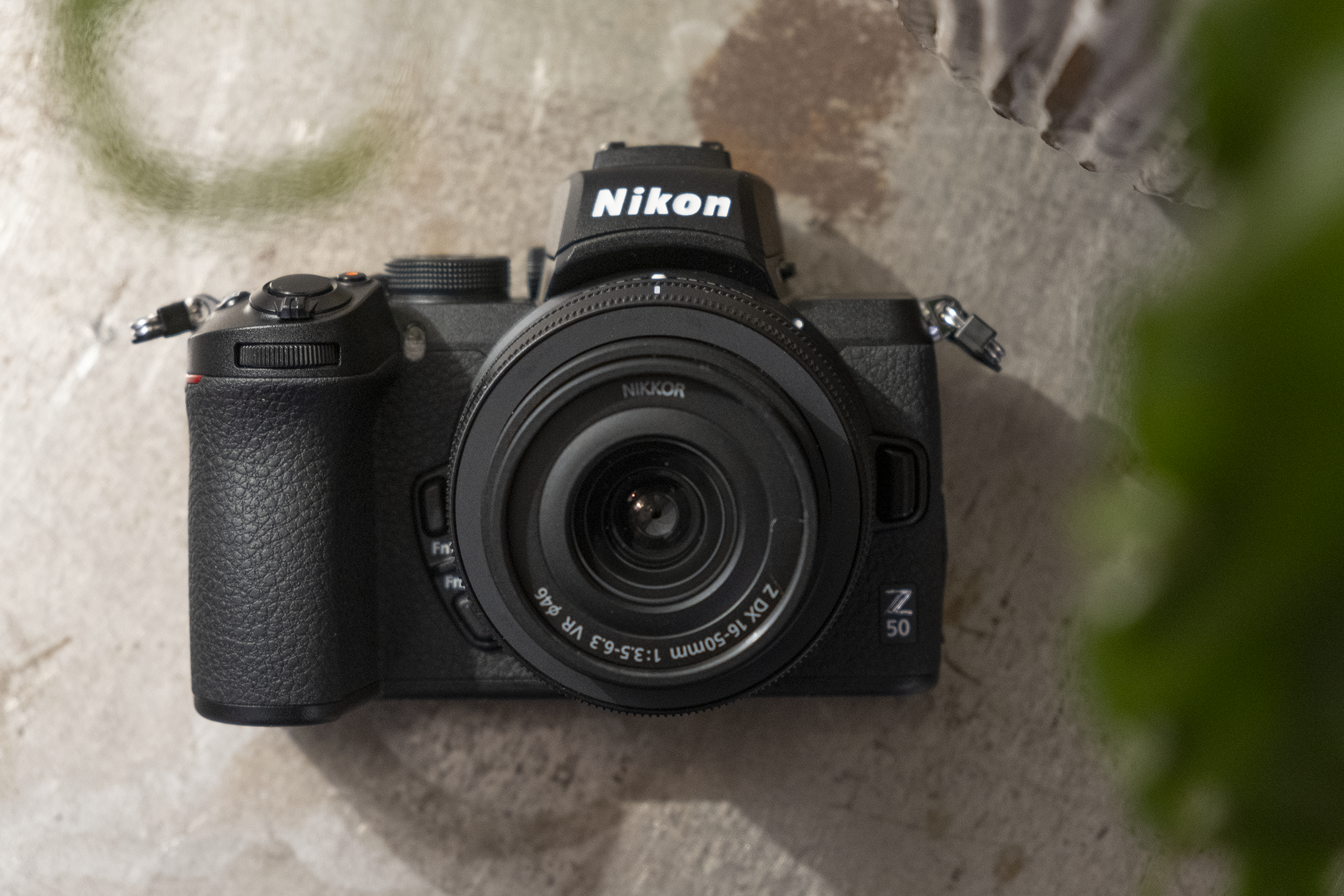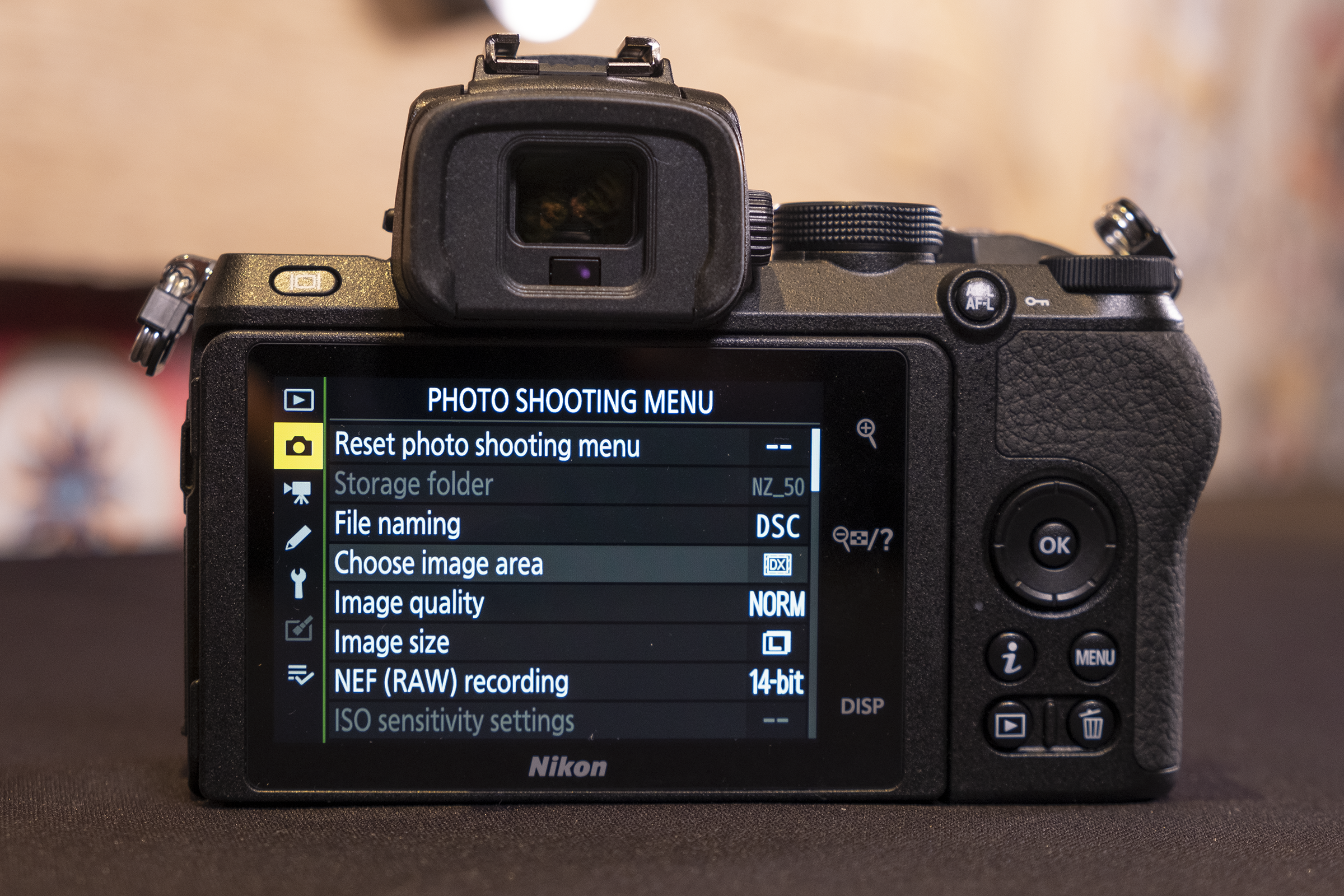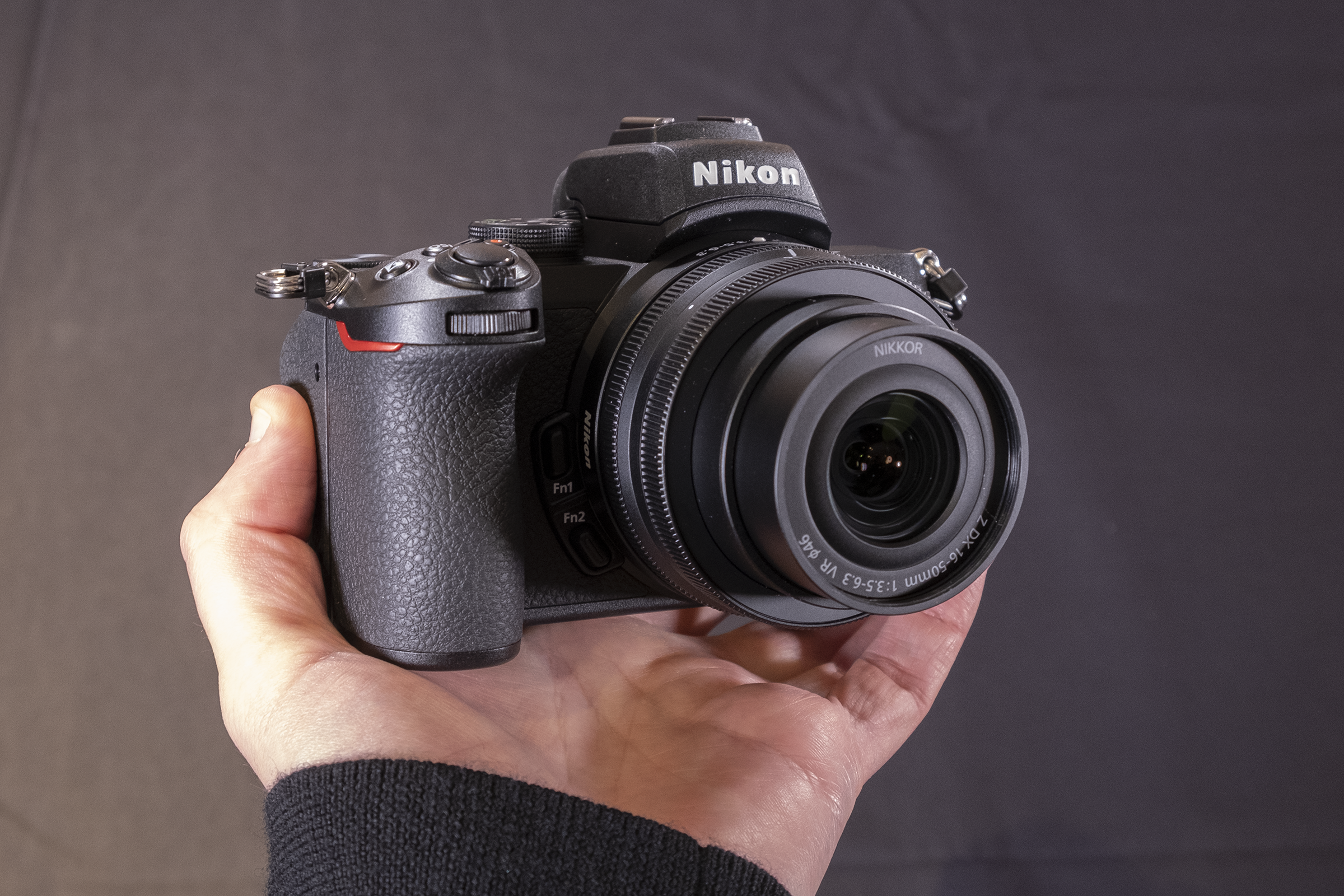Nikon recently announced the Nikon Z50II, a lightweight APS-C camera built with the newer generation of photographers and content creators in mind.
The Z50II includes a large number of upgrades compared to its predecessor, 2019’s Nikon Z50. Keep reading to discover all the major differences between these two Nikon cameras.
Price
The Nikon Z50II was announced on November 7 2024 with prices starting at £849 for the body-only.
The Nikon Z50 launched back in October 2019 at £899 for the body-only. However, the price has dropped over the years, with many retailers now offering a discount on the five-year-old camera.
The Nikon Z50II includes a new Picture Control button
Nikon’s Picture Controls feature allows you to customise the colour, contrast and sharpness of images in-camera. This certainly isn’t a new feature, but with the Z50II, you’ll be able to access these settings and filters quicker and easier than before.
The Z50II has the first dedicated Picture Control button on a Nikon camera, offering fast access to these settings. The camera is also only the second (alongside the Z6 III) to support the Nikon Cloud software, which allows users to create their own imaging recipes or download ones from other creators.


The Nikon Z50II has a 2x brighter EVF
The Z50II has a significantly brighter electronic viewfinder than its predecessor, the Z50.
The Z50II’s EVF measures 1000 cd/m2, making it twice as bright as the 500 cd/m2 viewfinder on the Z50. This is helpful when shooting in bright conditions, such as on a sunny day, as it increases visibility. The Z50II’s EVF is also capable of getting darker than that of its predecessor, allowing you to reduce the brightness in low-light conditions to avoid feeling blinded by the EVF.
On a similar note, the Z50II features a larger, 3.2-inch vari-angle monitor instead of the Z50’s 3-inch tilting one. This – along with other features we’ll touch on further down – makes the Z50II better suited to vlogging than its predecessor, while the updated design makes it easier to move the screen when the camera is mounted on a tripod.


The Nikon Z50II is powered by the Expeed 7 processor
With five years having passed since the launch of the Nikon Z50, it’s hardly surprising to hear that the Z50II is equipped with a new processor.
The Expeed 7 processor in the Z50II is the same one found in the Nikon 9, Z8, Z6 III and ZF cameras, which is great news for the more affordable Z50II. This means that the camera is packed with the same nine subject detection options available in the flagship Z9.
The Expeed 7 also offers faster responsiveness in exposure control, pre-release capture at 15 or 30fps and more reliable AF-A, ensuring you don’t miss any frames when a static subject begins to move.


The Nikon Z50II features a new Product Review mode
Finally, with the Nikon Z50II marketed toward Gen Z and the content creator sphere, Nikon would be remiss to not include any vlogging features.
This includes the ability to capture 4K/60p (cropped), along with improved 4K/30p oversampled from 5.6K, the addition of N-Log for more flexible colour grading and the ability to live stream with the camera right out of the box without downloading any additional software, such as Webcam Utility.
One feature that will certainly come in handy for vloggers, product reviewers and influencers is the new Product Review mode. This feature allows the autofocus to quickly transition from your face to objects held in front of the camera and back again, as opposed to latching onto your face the entire time. This makes it easier to show products when filming videos for YouTube, TikTok and Instagram Reels and is much like the Product Showcase mode on the Sony ZV-E10 and the Product Priority mode on the Fujifilm X-S20.


Early verdict
The Nikon Z50II brings a more up-to-date processor and modern features to the Z50, with the vari-angle display and video updates, in particular, making the Z50II better suited to content creation than before.




